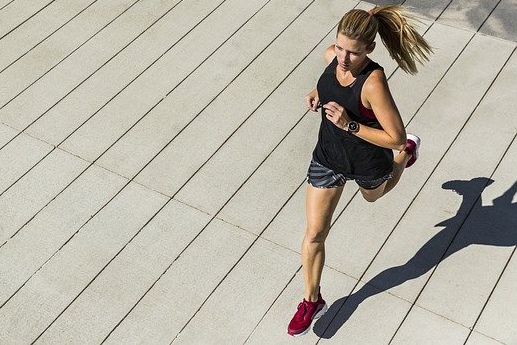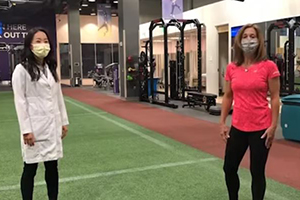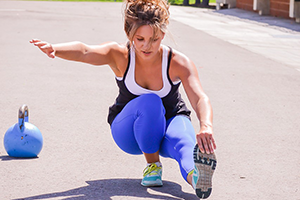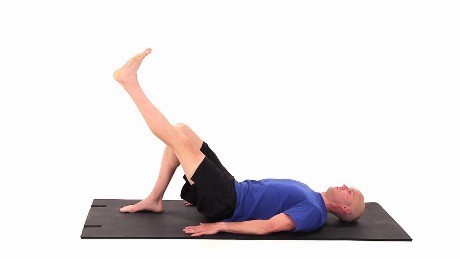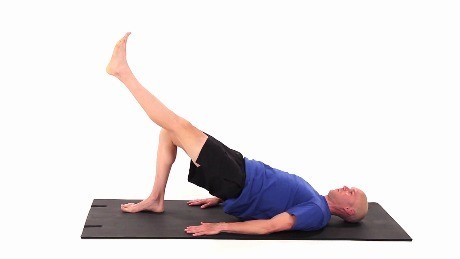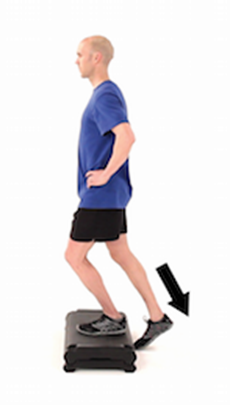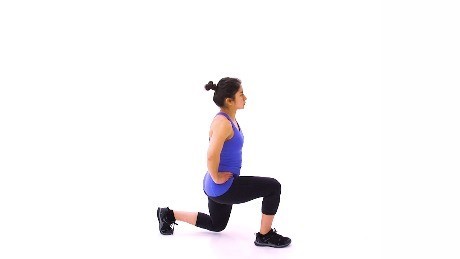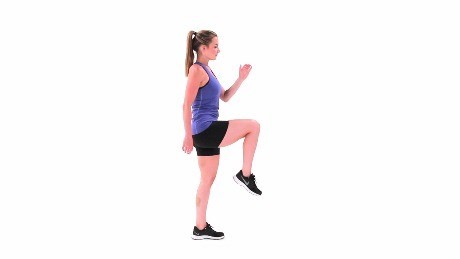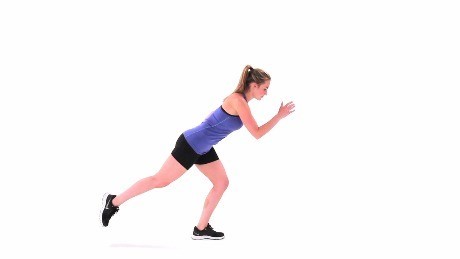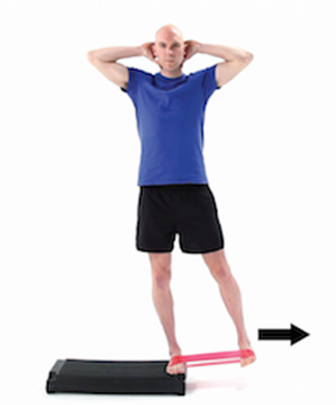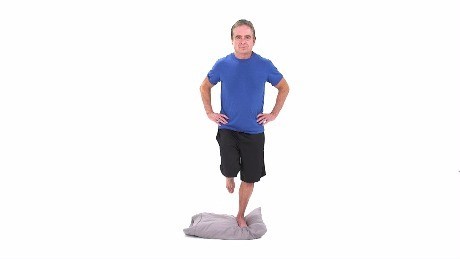Runner’s Knee
By Jason Brayley, MD, Chief, KP Sports Medicine Sacramento

Patellofemoral Pain Syndrome, or “Runner’s Knee” as this bothersome condition is also commonly known, is a painful problem that typically presents as pain directly underneath the kneecap. Runners may also experience very vague pain throughout the entire front portion of the knee. Some runners experience distinct soreness to the touch when feeling along the inner and outer margins of the kneecap itself. Unfortunately, patellofemoral pain can be a very common problem experienced by runners and may lead to disruption of training plans
The kneecap (or “patella”) is a bone that sits directly in the front of the knee joint within a groove of the femur, or thigh bone. The patella connects the powerful quadricep muscles of the thigh to the tibia (or shin bone) via thick connective tissue known as the quadricep and patellar tendons. While the knee is a hinge joint that moves a runner forward by bending and extending, the patella withstands significant amounts of force during running.
Several factors can contribute to increased amounts of force underneath the kneecap that contribute to the pain associated with patellofemoral pain syndrome. These may include:
- Injury to the cartilage under the kneecap
- Poor overall running mechanics from muscles that are too tight or not quite strong enough to support the increased amount of training a runner is doing
- Deconditioned core, gluteal, hip, and quad muscles that fatigue at longer distances
- Female runners may have more difficulty due to potentially wider hips than males, leading to an increased “Q angle” at the knee joint
- Flat feet, worn out running shoes, and poor ankle stability may also contribute to increased force across the knee
- Running up and down steep hills during training
If you begin to feel pain consistent with patellofemoral pain syndrome, it’s important you take action early to have the best chance of getting your pain under control quickly. If pain is occurring as soon as you start running, then a complete rest from running is in order. Cycling and pool running are good alternative forms of cardiovascular training if these activities do not cause pain. Otherwise, consider reducing the total volume of running to about 50% of what you had been doing when pain began.
Icing the knees after completing a run can also help. If you know how long or how much time it would typically take in the past to develop pain while running, make sure you end your runs just before that point. Work on flexibility of the hip flexor muscles, quadriceps, and hamstring muscles. If not working on a core and gluteal strengthening program, working on strength in these important areas of a runner’s body is very important to prevent knee pain from coming back when starting to train again. Once the pain has settled down, slowly start to ramp your training back up while continuing to work on flexibility and strength.
If your pain doesn’t settle down within a week or two, consider checking in with your Sports Medicine physician or physical therapist to make sure there is nothing more serious going on.
Check with your local running store and make sure that you’ve checked for wear patterns on your running shoes. Invest in a new pair if it looks like the shoe is not providing adequate support or is worn out.
While patellofemoral pain syndrome can be a highly bothersome problem for the runner who is excited about an upcoming event, don’t give up! Take some time to rest or modify training, work on strength and flexibility, make sure you’re running in the right shoes, and you’ll have an excellent chance of getting back to training feeling better than ever before.
